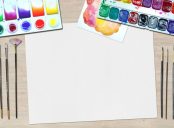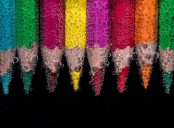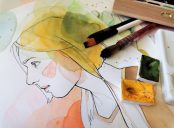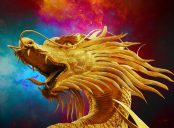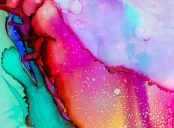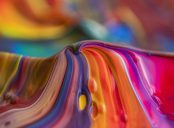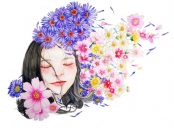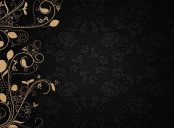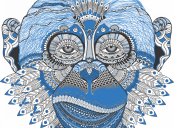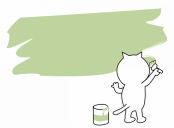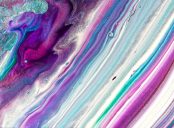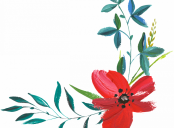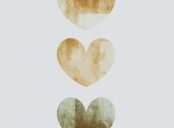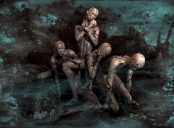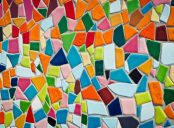Fashion Illustration: Unveiling the Artistic World That Transcends Fashion

Introduction
Fashion illustration is an art form that beautifully captures the essence of fashion through drawings and paintings. It serves as a crucial medium for designers, fashion enthusiasts, and artists alike to communicate their ideas, aesthetics, and vision. In this comprehensive article, we will delve into the captivating world of fashion illustration, exploring its various types, popularity, and historical significance.
Understanding Fashion Illustration – Types, Popularity, and More
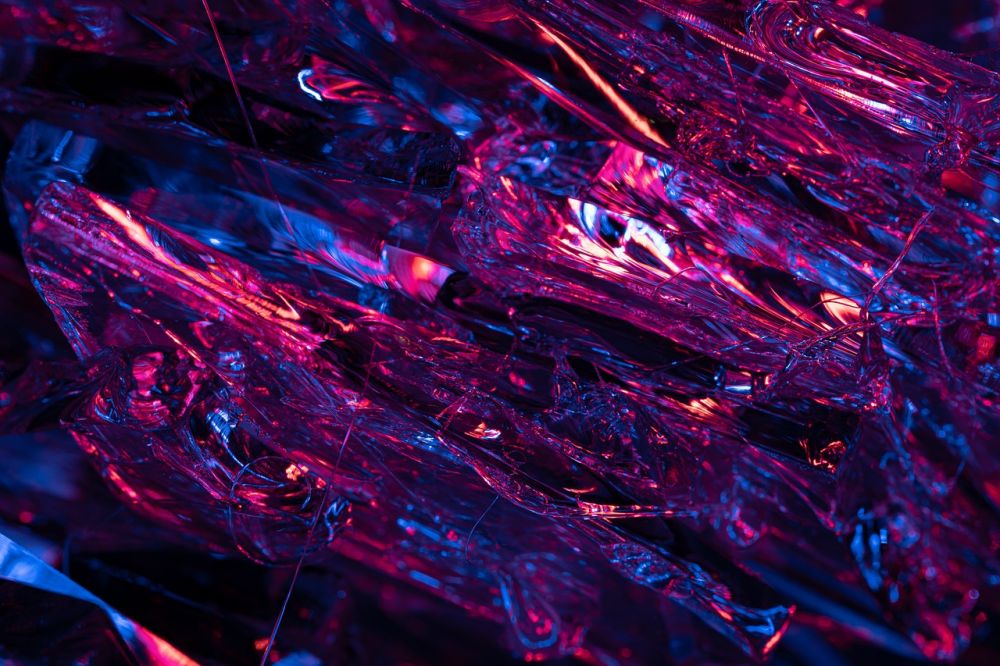
Fashion illustration encompasses a wide range of styles, techniques, and mediums. From traditional hand-drawn sketches to digital illustrations, fashion illustrators bring garments, accessories, and even entire fashion collections to life. Popular types of fashion illustration include:
1. The Classic Sketc This timeless technique involves using pencils, pens, or markers to create detailed and realistic representations of garments. Fashion illustrators often use shading and cross-hatching to add depth and dimension to their sketches.
2. Watercolor Wonder: Watercolor is a popular medium for fashion illustration, known for its dreamy and ethereal qualities. Artists use transparent washes of paint to create vibrant and fluid illustrations that beautifully capture the flow and movement of fabrics.
3. Digital Magic: With the advent of technology, many fashion illustrators have embraced digital tools such as tablets and software to create their masterpieces. Digital illustrations allow for unlimited experimentation with colors, textures, and effects, enabling artists to achieve a hyper-realistic or even surreal aesthetic.
Fashion illustration has gained immense popularity in recent years, thanks to social media platforms like Instagram, where artists can showcase their work to a global audience. Fashion enthusiasts, bloggers, and magazines often collaborate with fashion illustrators to add a unique touch to their content. Moreover, fashion illustrations are frequently used in advertising campaigns, editorial spreads, and even on clothing and accessories.
The Quantitative Measures of Fashion Illustration
While the art of fashion illustration brings a subjective and artistic touch to the fashion industry, it is not devoid of quantitative measures. Several key performance indicators can be used to gauge the success and impact of fashion illustrations:
1. Social Media Engagement: The number of likes, comments, and shares on social media platforms provide insights into the popularity and reach of fashion illustrations. High engagement indicates a strong connection with the audience and potential impact on brand visibility.
2. Conversion Rates: Fashion illustrations can drive consumer interest and lead to conversions, such as website visits, product purchases, or event attendance. Tracking conversion rates helps determine the effectiveness of fashion illustrations in influencing consumer behavior.
3. Collaboration Opportunities: The number of fashion brands and publications seeking collaborations with a fashion illustrator reflects their recognition and influence within the industry. More collaboration opportunities signify a higher demand and appreciation for their work.
Quantitative measurements allow fashion illustrators to have a tangible understanding of their impact and help them grow their careers and artistic endeavors.
Diverse Styles that Differentiate Fashion Illustrations
Fashion illustration, like any art form, is diverse and showcases various styles that differentiate artists and their work. Some distinct styles within fashion illustration include:
1. Minimalist Elegance: Characterized by clean lines, minimal details, and a focus on effortless simplicity, minimalist fashion illustration conveys a sense of sophistication and modernity.
2. Glamour and Drama: These illustrations often feature elaborate hairstyles, intricate details, and dramatic poses, exuding opulence and theatricality. They are popular in high-fashion magazines and editorial spreads.
3. Contemporary Quirkiness: Artists who adopt a contemporary and quirky approach infuse their illustrations with vibrant colors, abstract elements, and unconventional poses. This style appeals to a younger and more experimental audience.
The style of fashion illustration often reflects the personal aesthetics of the artist and can also align with current fashion trends and the brand’s image. It serves as a visual language that communicates the tone, mood, and identity of the fashion brand or publication.
A Historical Journey: Pros and Cons of Different Fashion Illustration Techniques
Throughout history, fashion illustration techniques have evolved and varied, each with its own set of advantages and disadvantages. Let’s explore some key techniques:
1. Hand-drawn Tradition: Traditional hand-drawn fashion illustrations offer a level of authenticity and rawness that digital illustrations sometimes lack. They allow for more spontaneity and direct connection between the artist’s hand and paper. However, they can be time-consuming and restrict edits and revisions.
2. Digital Advancements: The advent of digital tools and software has revolutionized the fashion illustration world. Digital illustrations offer more flexibility, easier revisions, and the opportunity for experimentation. However, some argue that they can lack the tactile quality and organic charm of traditional techniques.
3. Multimedia Fusion: Many artists combine traditional and digital techniques to achieve a unique fusion of styles. This approach allows for the benefits of both worlds, offering the precision and efficiency of digital tools while maintaining the charm and authenticity of hand-drawn elements.
Ultimately, the choice of technique depends on the artist’s preference, desired aesthetic, and the specific demands of the project at hand.
Conclusion
Fashion illustration serves as a captivating bridge between the realms of art and fashion. Its diverse styles, ranging from classic sketches to digital masterpieces, mesmerize and inspire countless individuals. With its evolving techniques and ever-growing popularity, fashion illustration continues to shape the visual landscape of the fashion industry. Whether through hand-drawn elegance or digital innovation, fashion illustration remains a timeless art form that transcends fashion itself.
